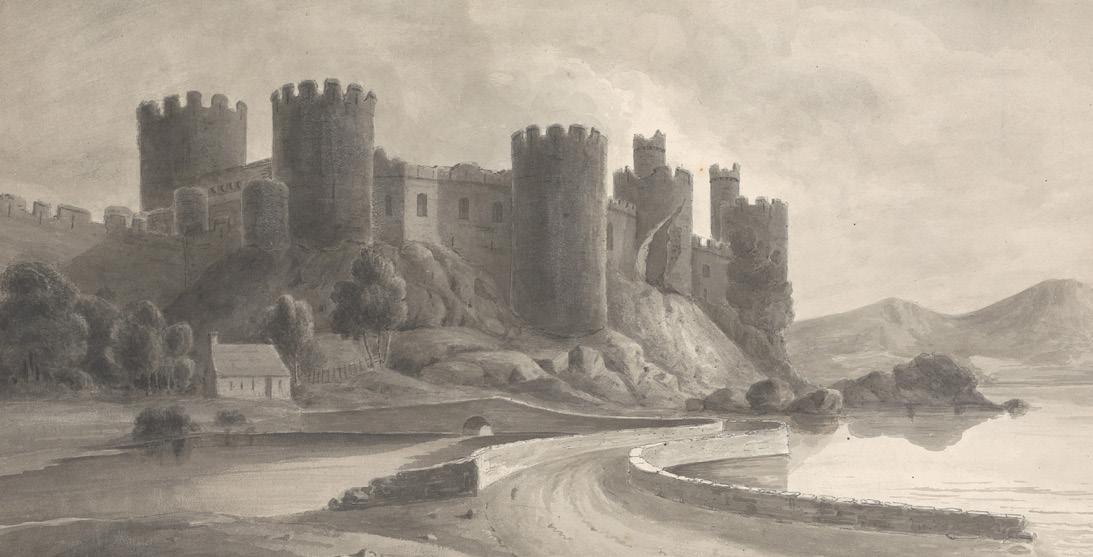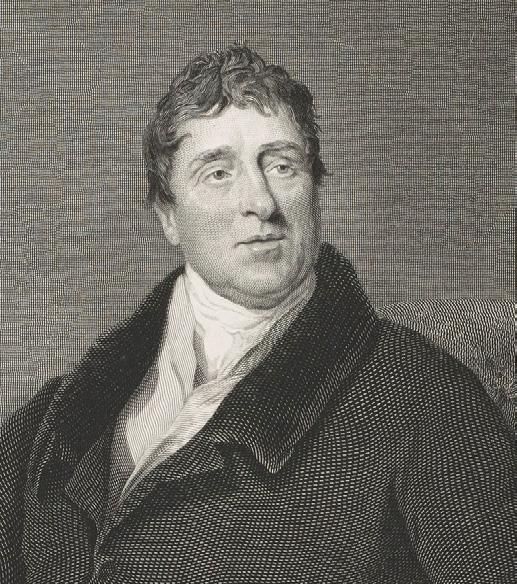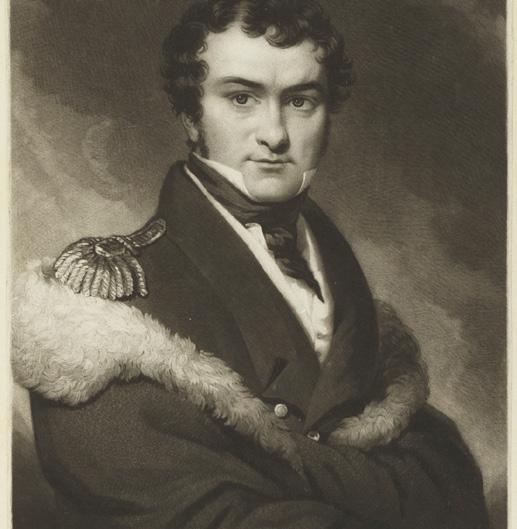
3 minute read
Science, invention & exploration
Steam firsts for Royal Navy and merchant vessel
The first steam-powered vessel commissioned for the Royal Navy has been launched, and is expected to go into active service soon.
Advertisement
HMS Comet, a wood-hulled paddle tug was built at the royal shipyards at Deptford on the Surrey/Kent border. Comet was designed by Oliver Lang, master shipwright at the Woolwich dockyard, and built by the firm set up in 1775 by businessman Matthew Boulton and engineer James Watt. The 239 ton vessel, estimated to have cost £14,000, will mainly be used to tow HM ships in the rivers Thames and Medway. More steam tugs are being commissioned for use at Plymouth and Portsmouth. о The launch of HMS Comet in May came seven days after an iron steamboat, the Aaron Manby, made its first appearance on the Thames. It was inspected by naval officers and engineers, and prompted astonishment among onlookers. The Aaron Manby arrived in Paris on its first voyage on 11 June, carrying a cargo of clover seed and cast iron. This is being hailed as the first seagoing voyage by an iron steamship. The sight of it is reported to have caused
P.S. AARON MANBY
surprise and disbelief in the French capital. The ship’s hull was built at the Horsley iron works at Tipton in Staffordshire, which is owned by the engineer of the same name. It was reassembled at Rotherhithe, and uses an oscillating engine.
Construction starts on Telford’s new Welsh bridge
Building work on engineer Thomas Telford’s latest project has begun, with the laying of the first stone for the new Conway Bridge in April.
The new structure linking the towns of Conway and Llandudno adds to Mr Telford’s already considerable construction portfolio in Wales. He is responsible for the new road from London to Holyhead, and another suspension bridge over the Menai Straits, linking the Welsh mainland with the island of Anglesey. The bridge project, for which funding of о £41,000 was approved last year, is to be in the same style as the Menai bridge, and is intended to fit in with the appearance of Conway Castle. It will be a suspension bridge using wrought-iron chains manufactured by the Shrewsbury ironmaster William Hazledine. He has worked with Mr Telford on bridge and aquaduct projects over the last 20 years. The resident engineer for Conway's bridge will be William Provis, who is acting as assistant also for the Welsh section of the 'new road' and the Menai bridge. This will allow Mr Telford to supervise all his projects, travel and negotiate for new work. The publicly-funded road to Holyhead is designed to improve and speed up communications and travel between London and Dublin following the Act of Union in 1800. Some observers are describing it as the biggest road-building scheme in Britain since the Romans. Thomas Telford is hoping that his Caledonian Canal connecting Scotland's east coast at Inverness with the west coast near Fort William will finally be open before the end of this year. Construction began in 1804. The captain of the expedition to find any Arctic route between the Atlantic and Pacific oceans says he is optimistic that the two navy ships may be able to move in the next few days. HMS Fury and HMS Hecla have been unable to sail on because of low temperatures and persistent ice during the spring at their winter base south of the Arctic Circle. The 118 crew have been working in the last fortnight to create a canal to get to open sea. Capt. William Parry, who also led the 1819 Northwest Passage mission, says nature is 'being more than usually tardy in rendering her assistance'.

CONWAY CASTLE IN NORTH WALES, PAINTED IN 1809 BY ISAAC WELD
THOMAS TELFORD

Parry mission hoping to move











